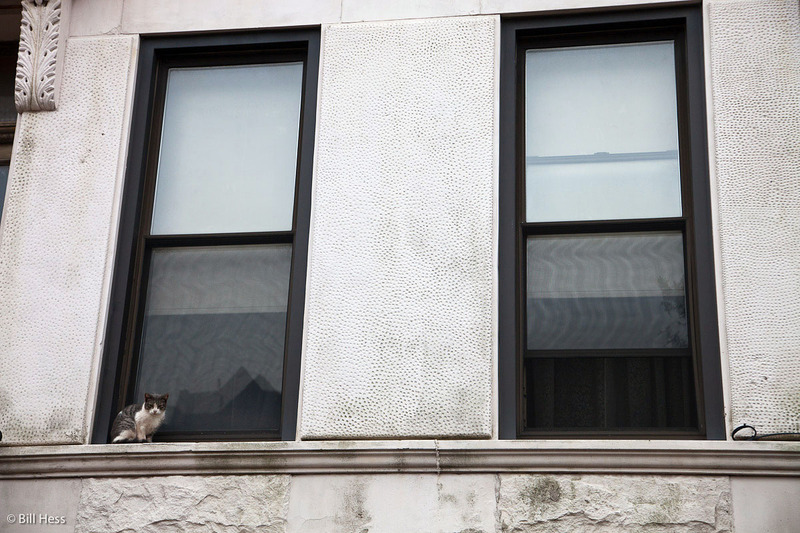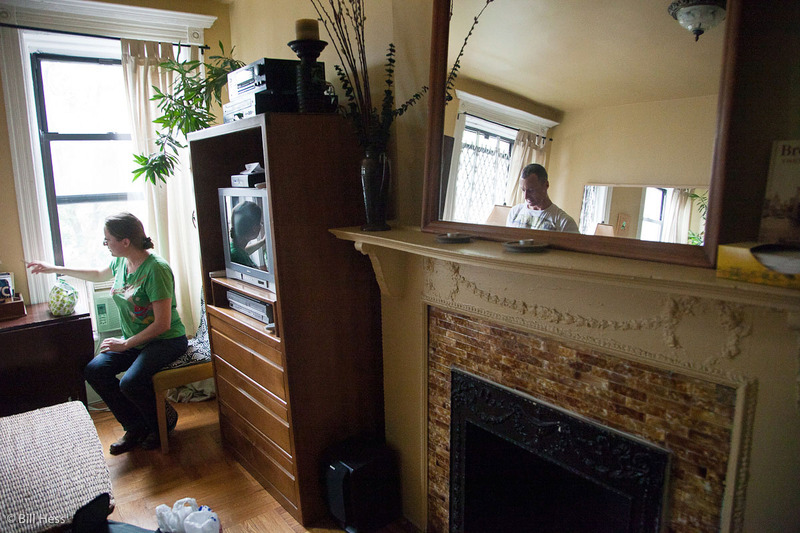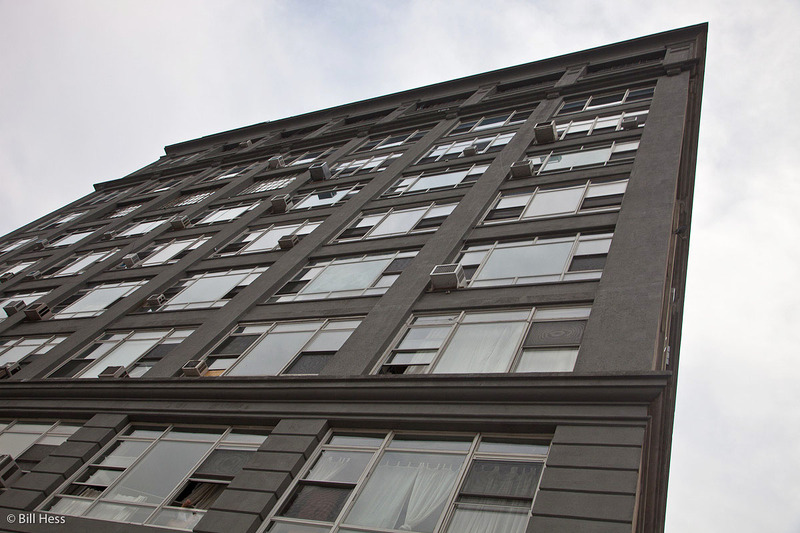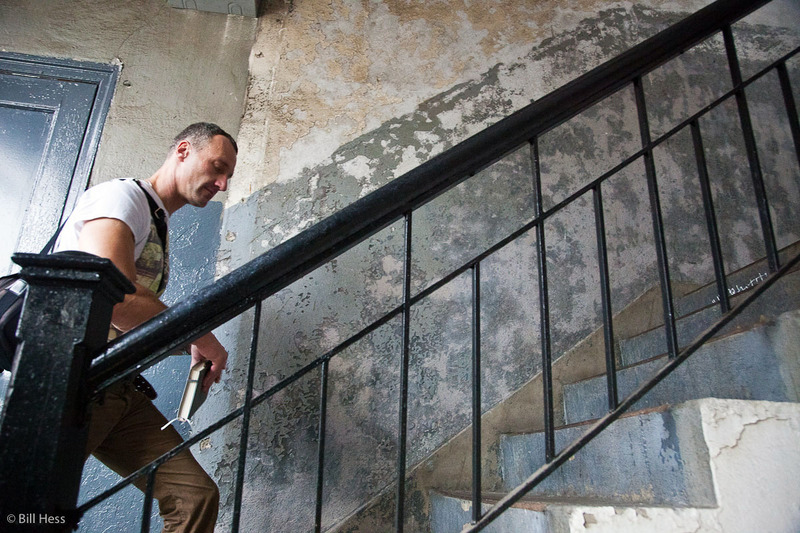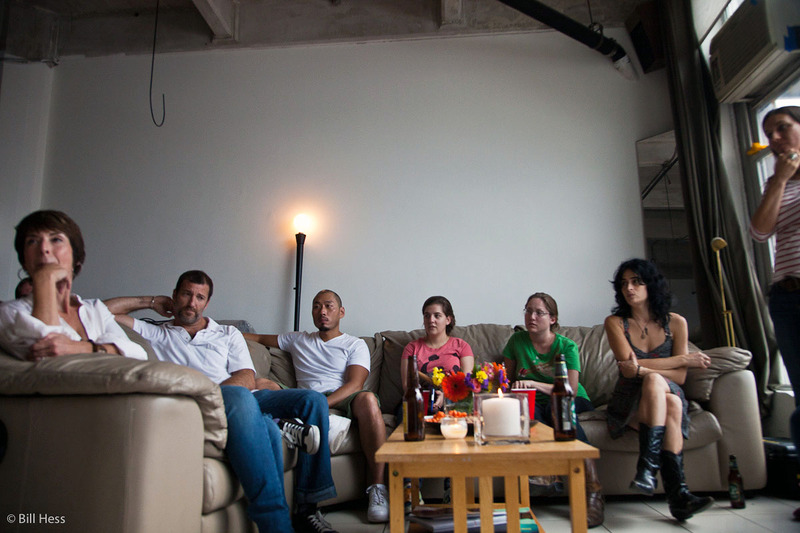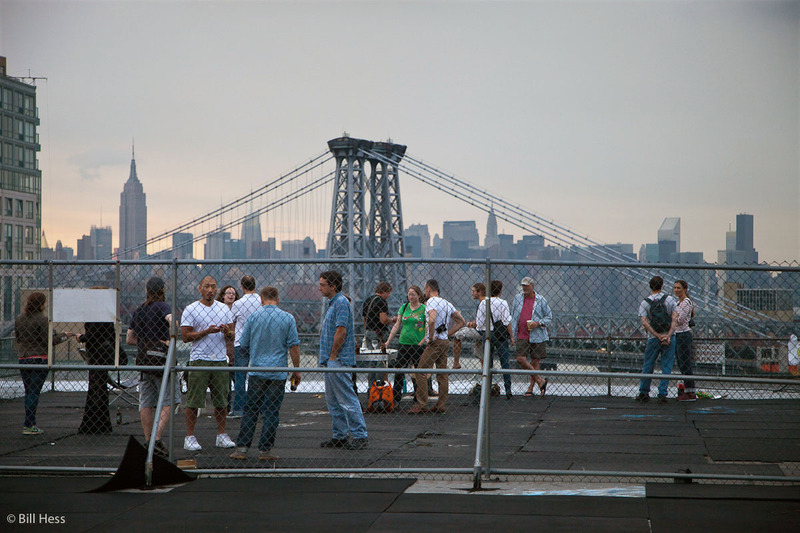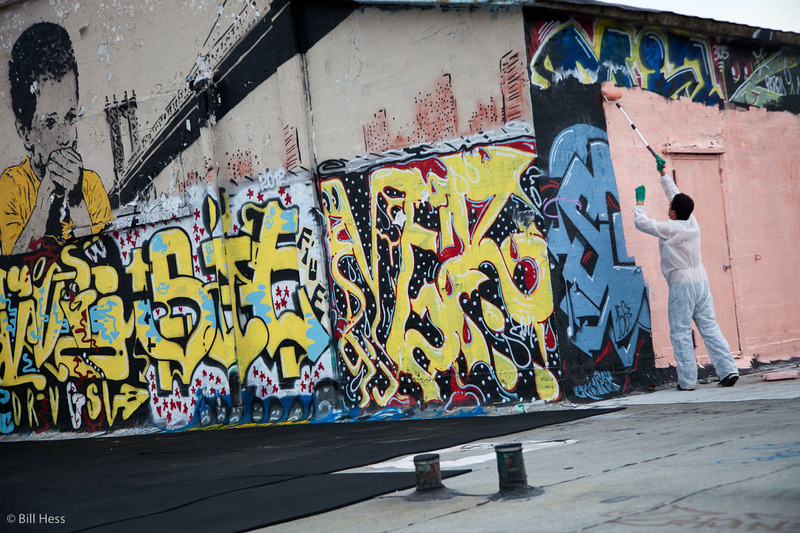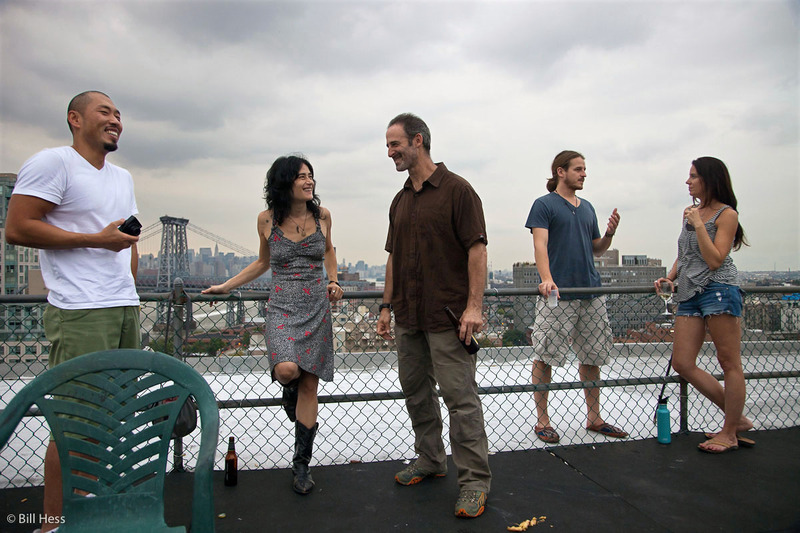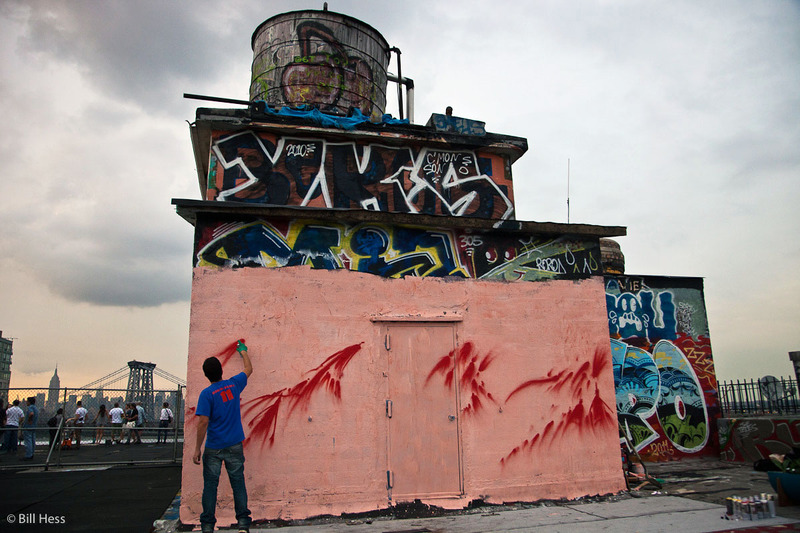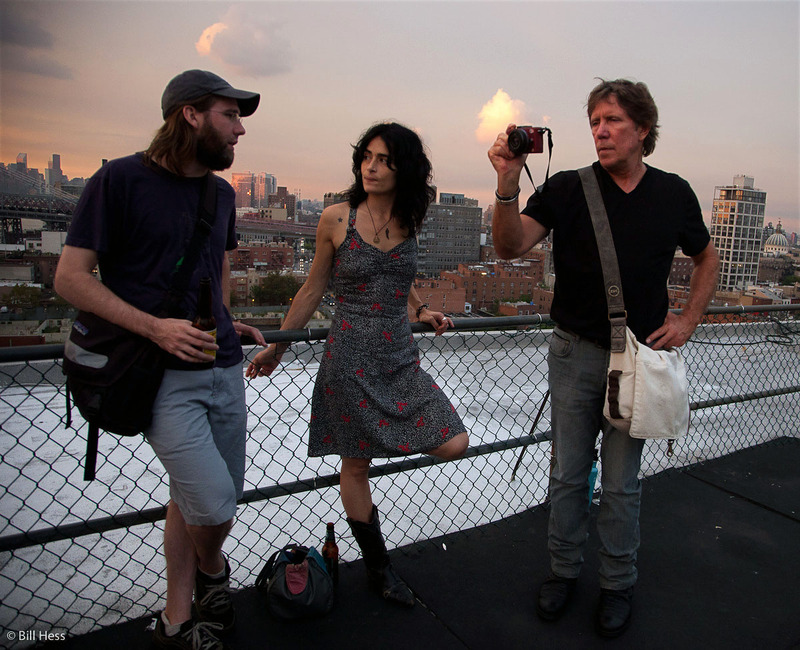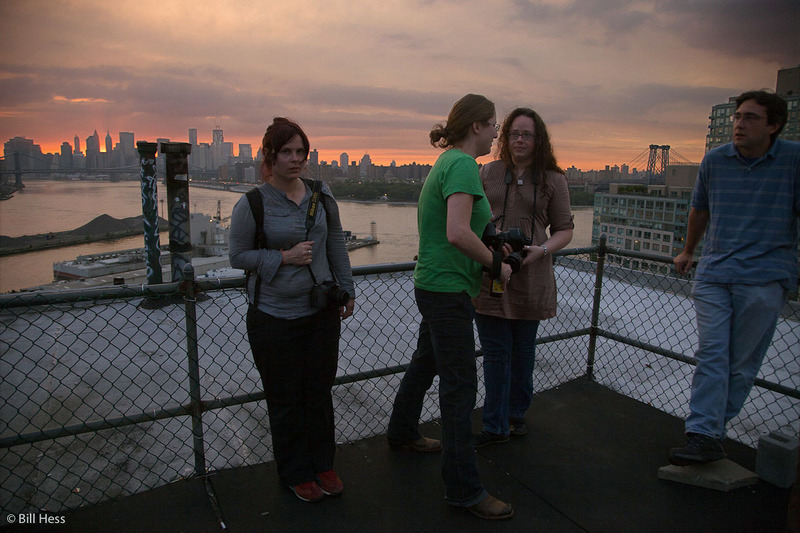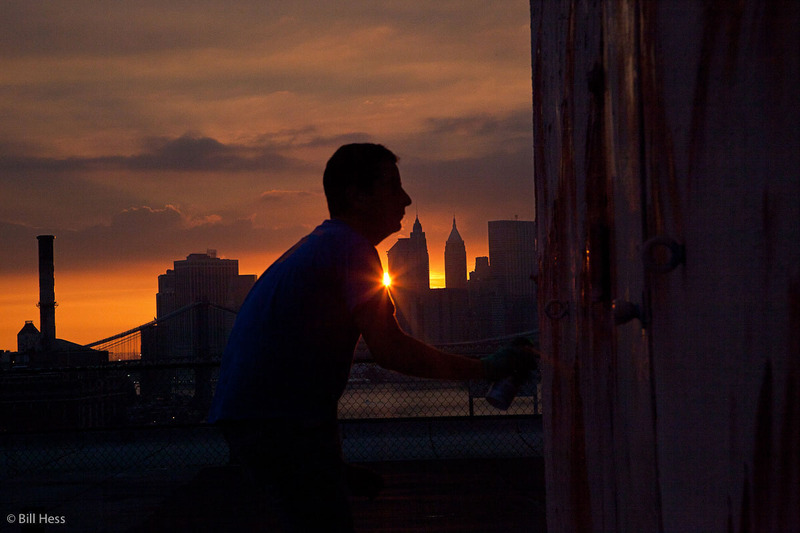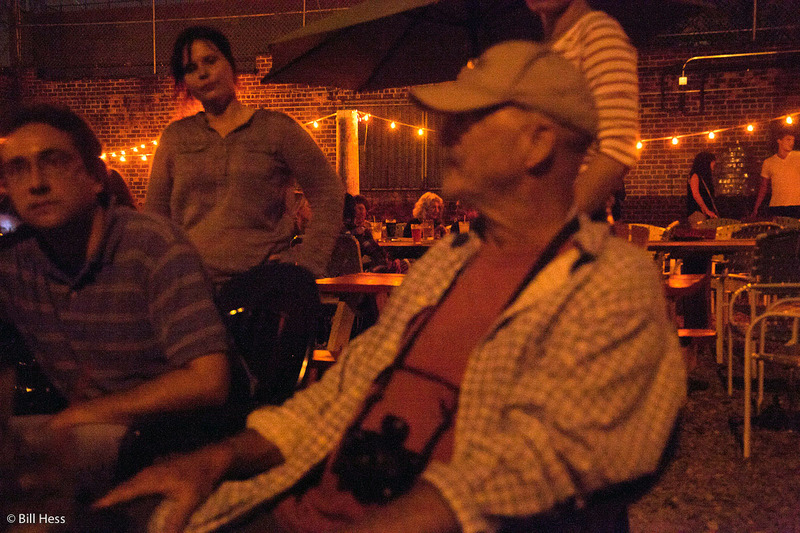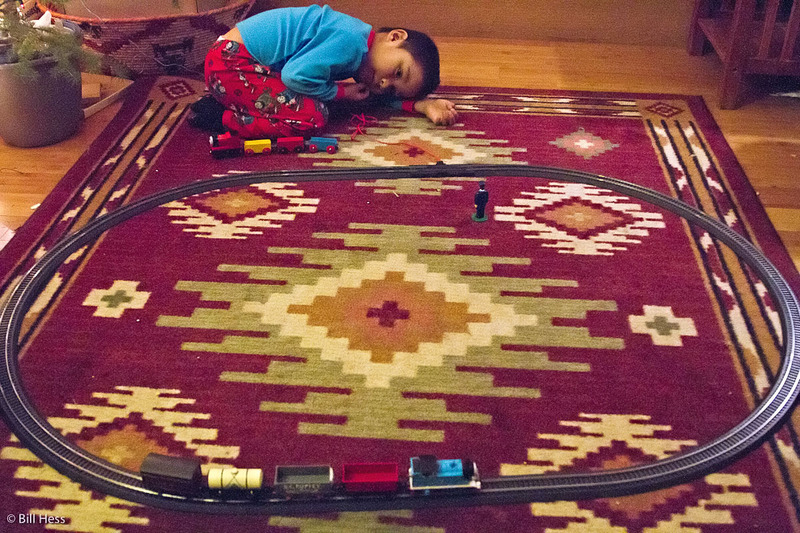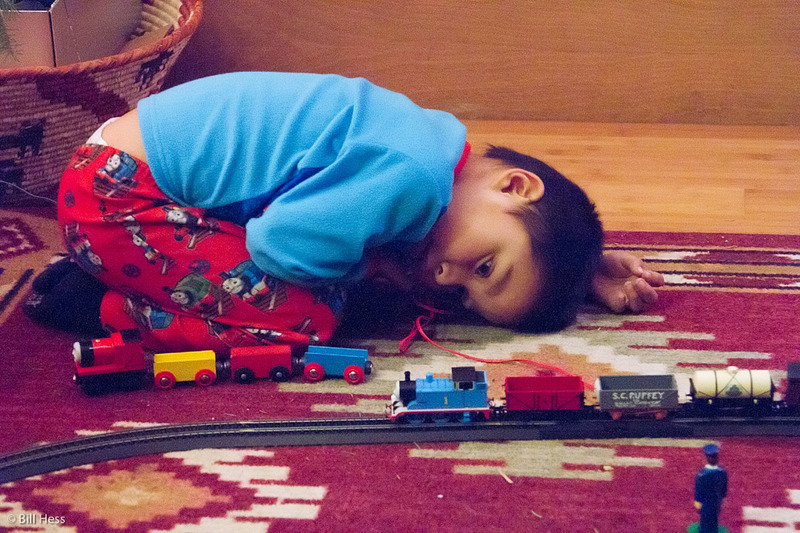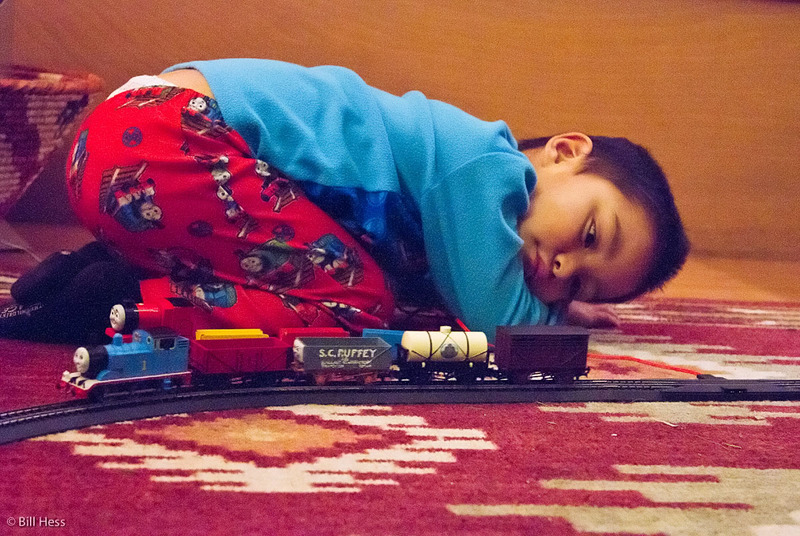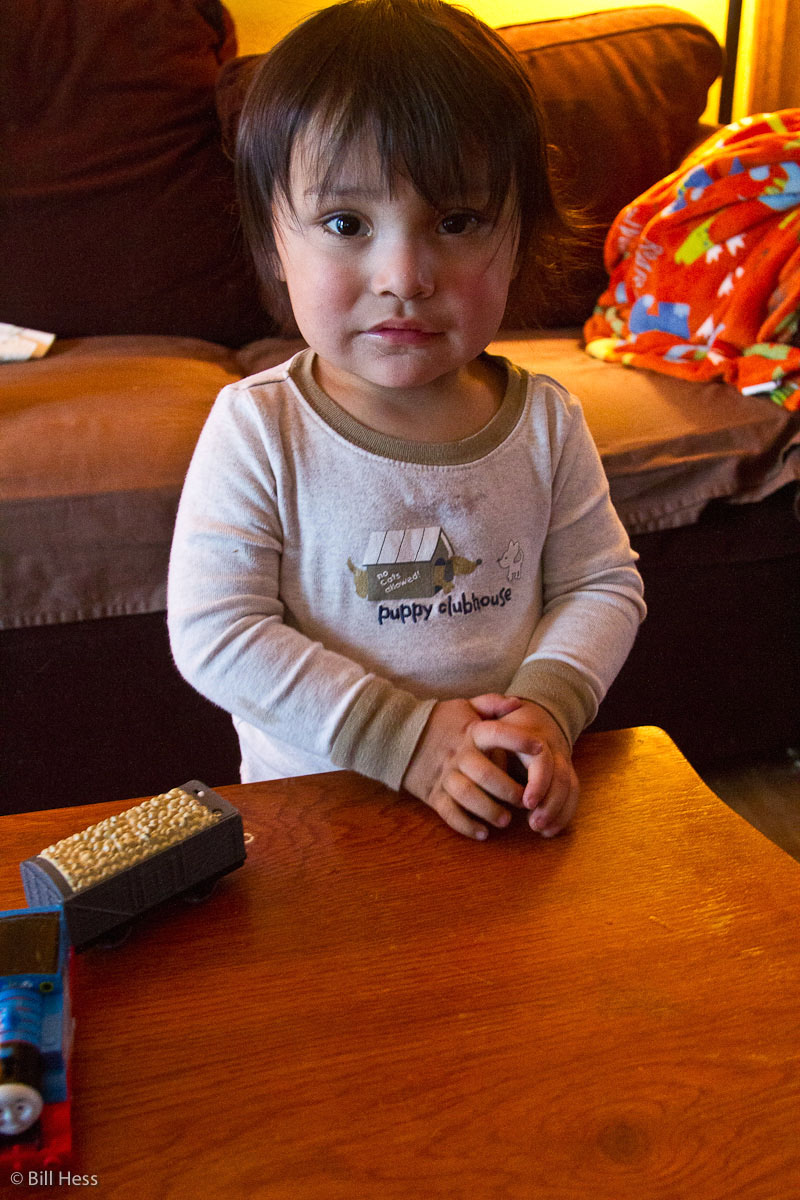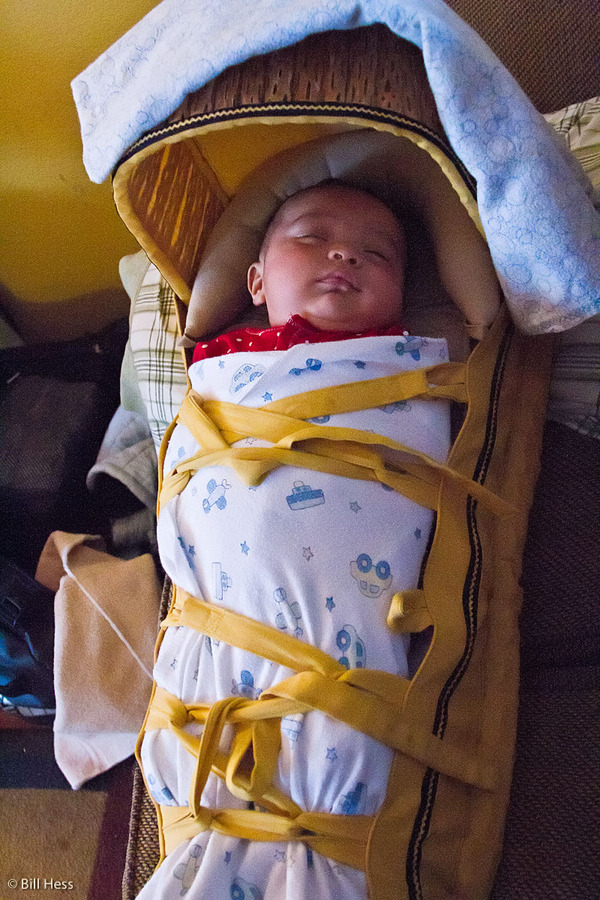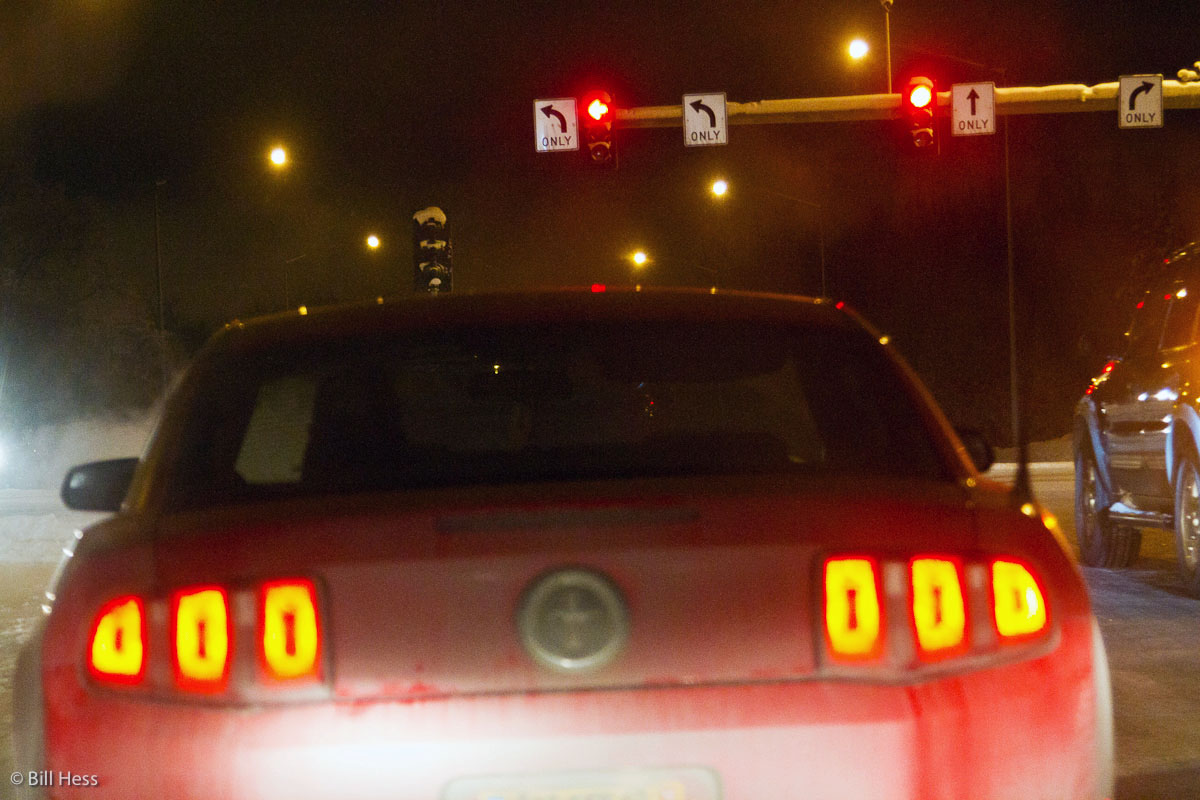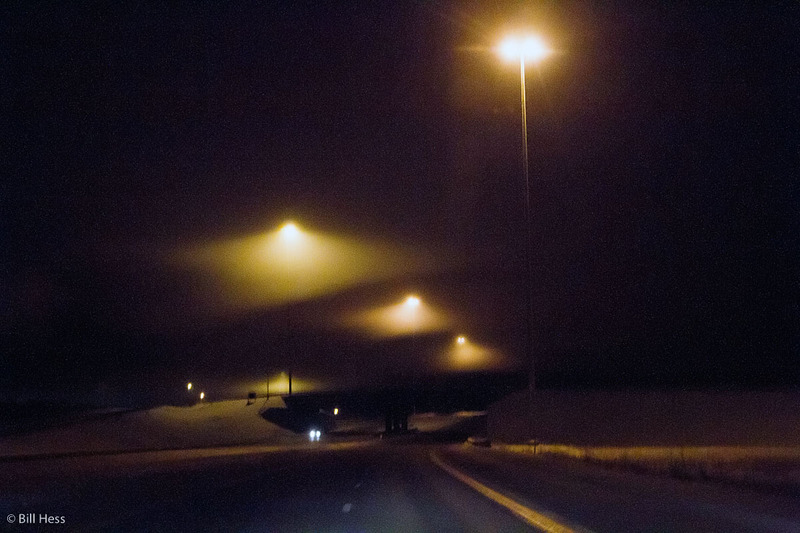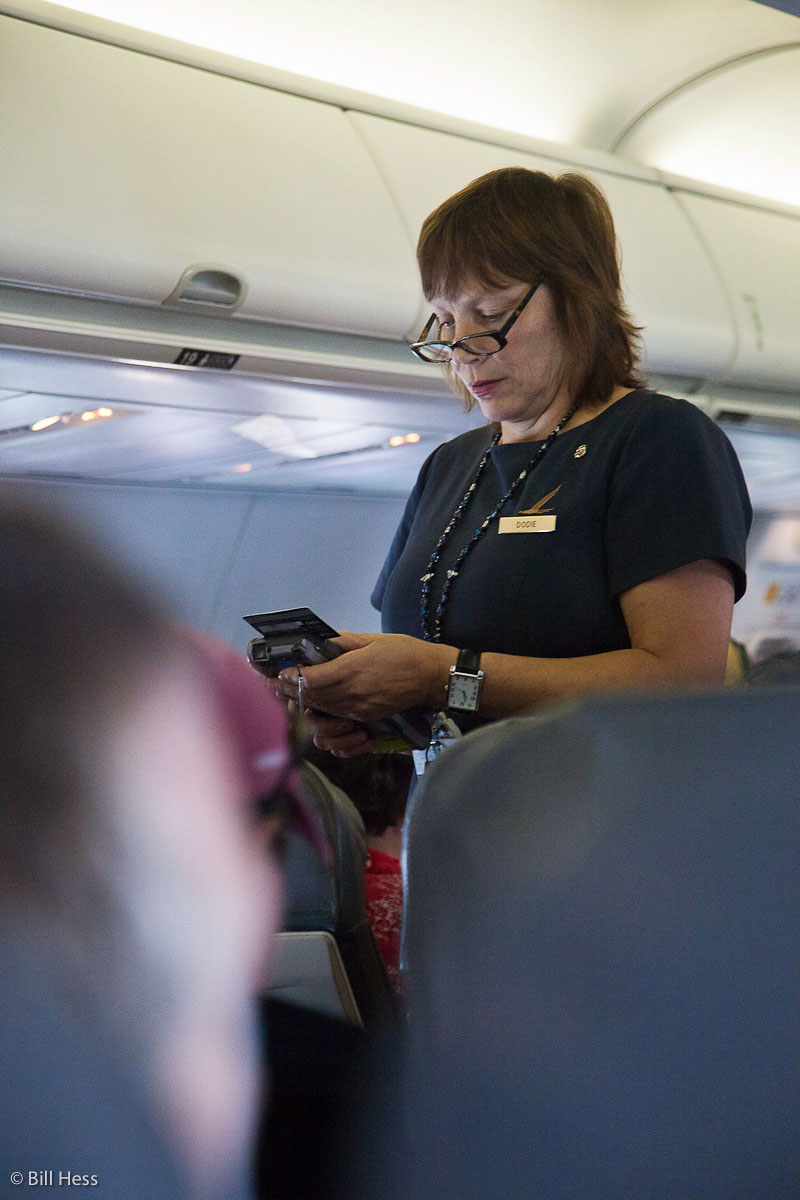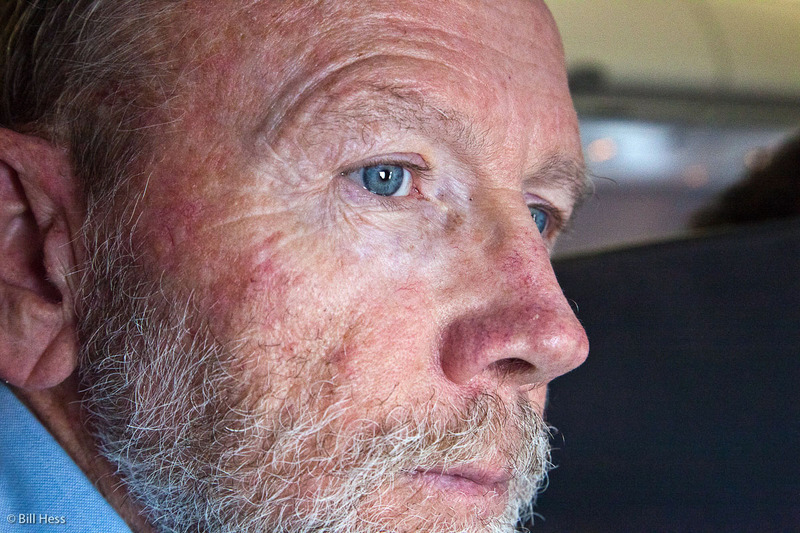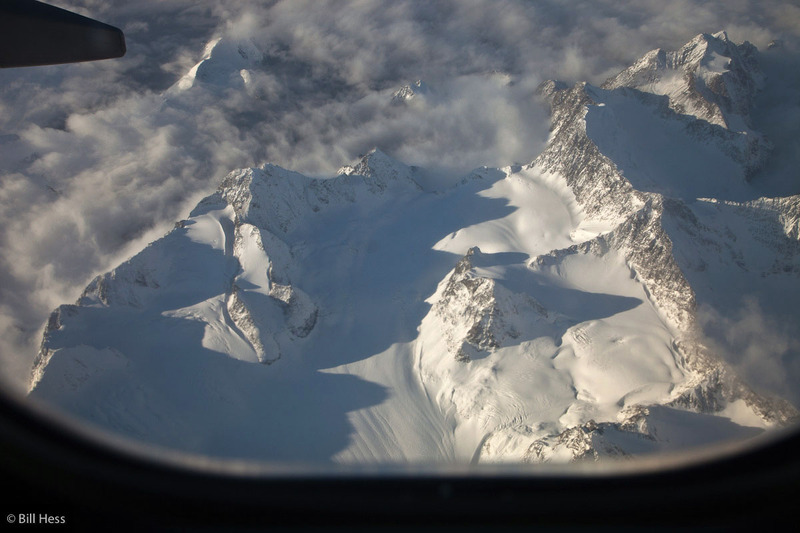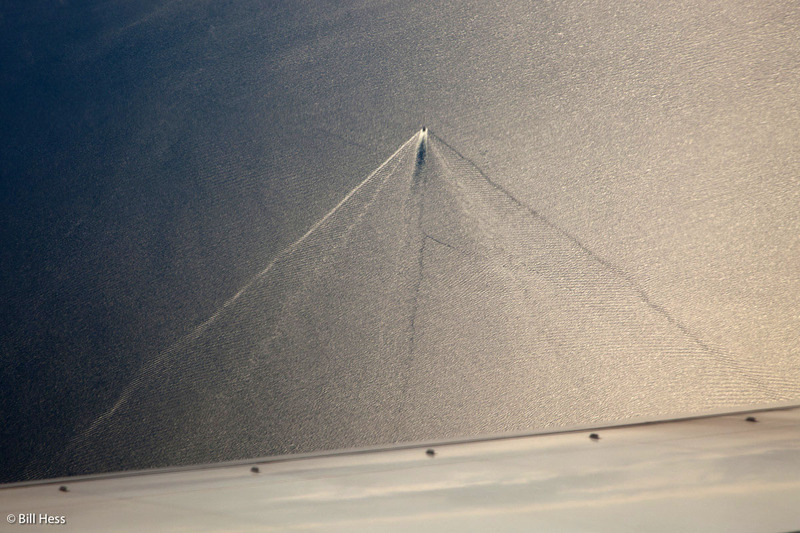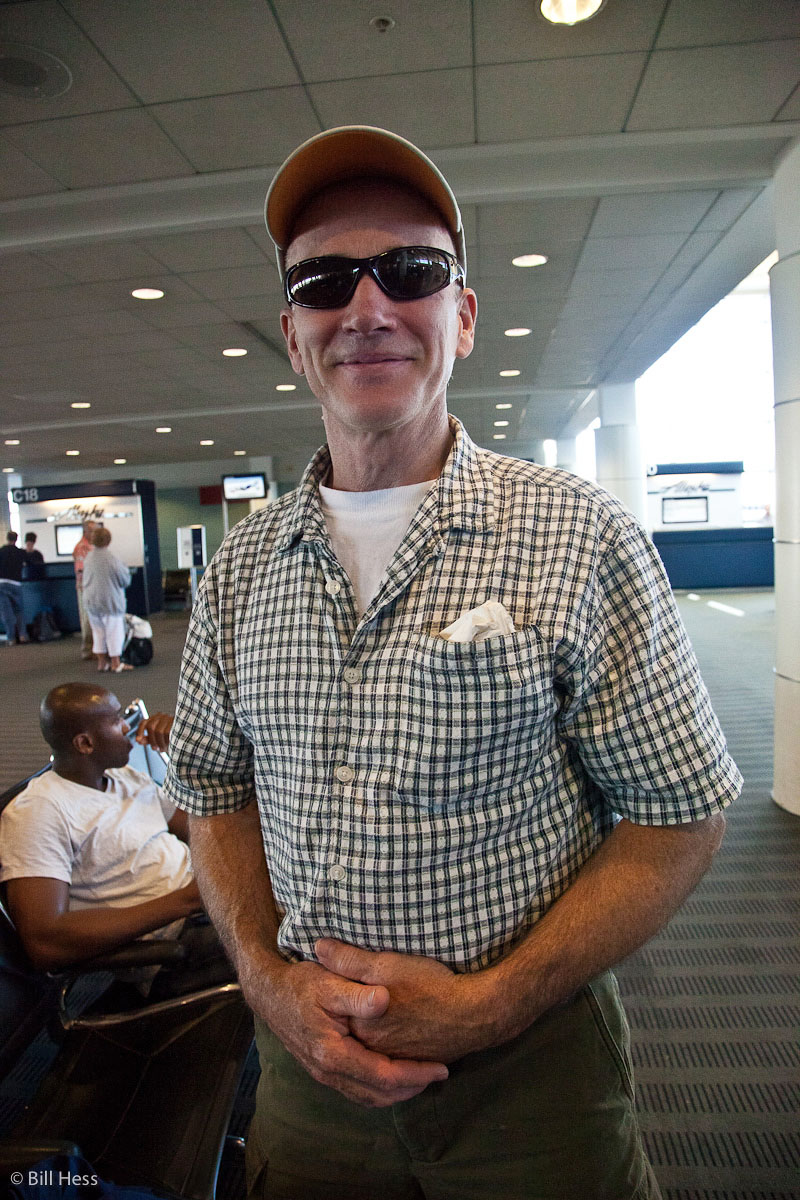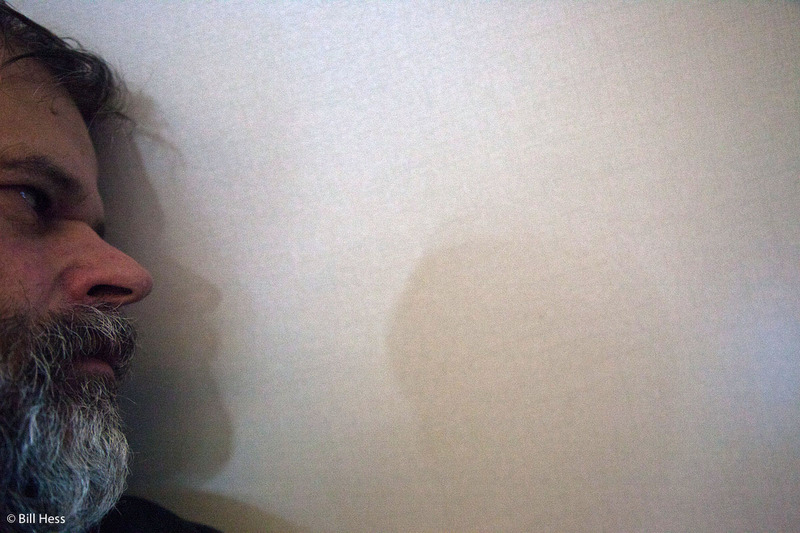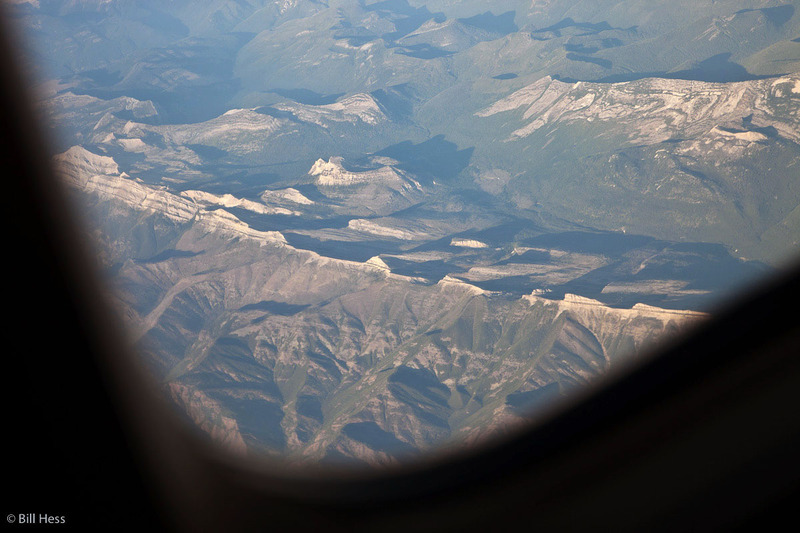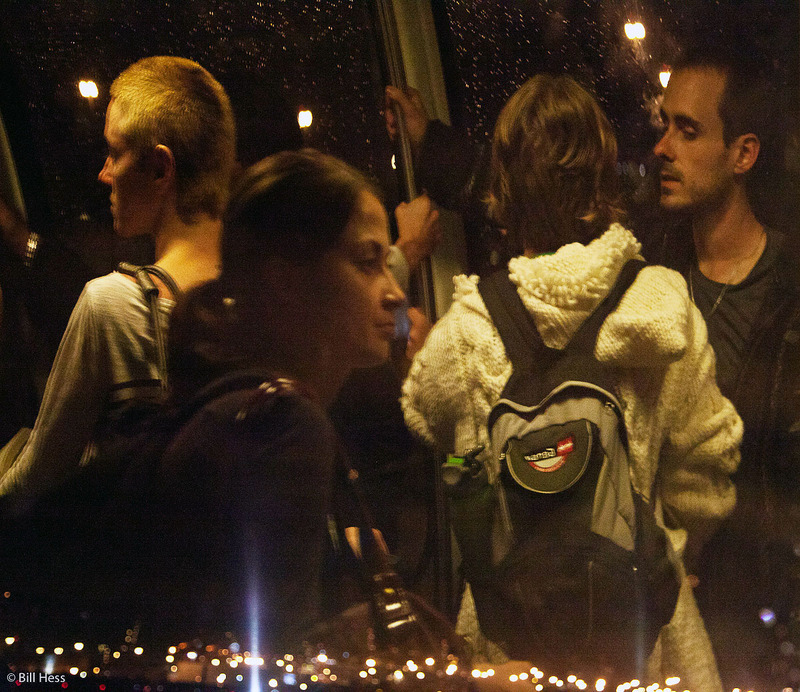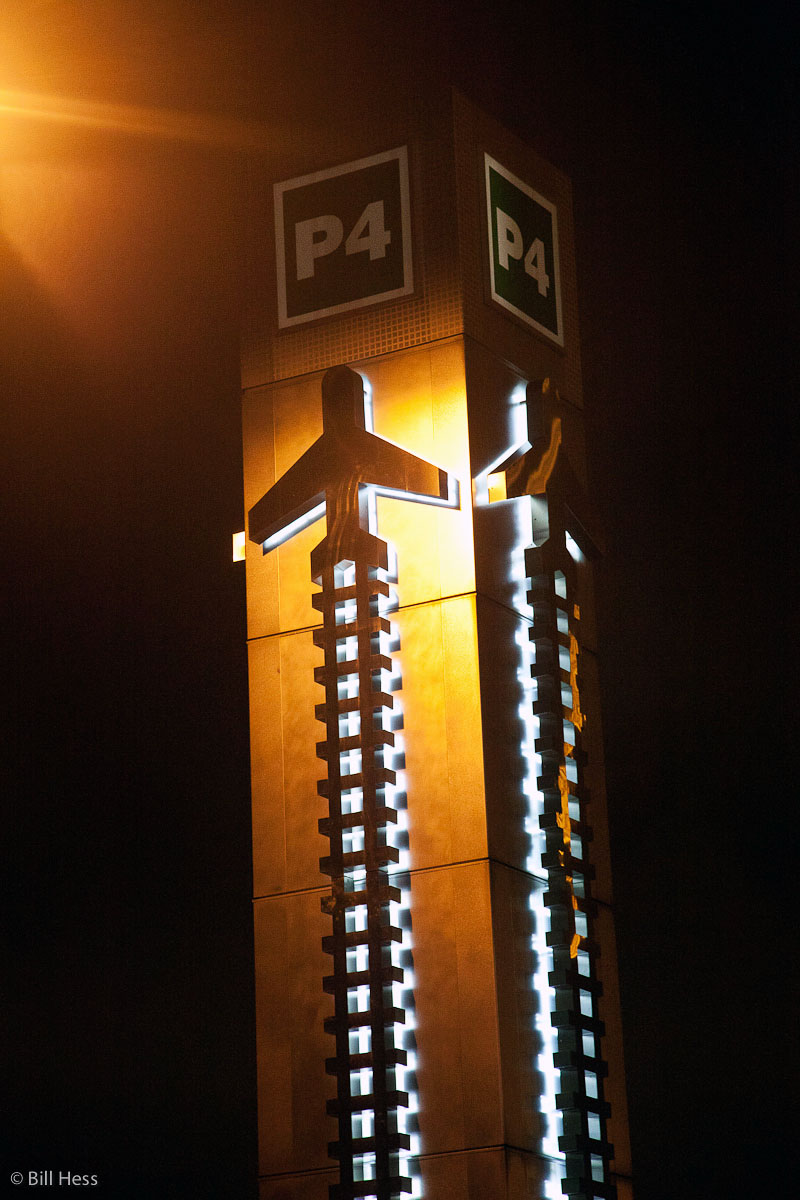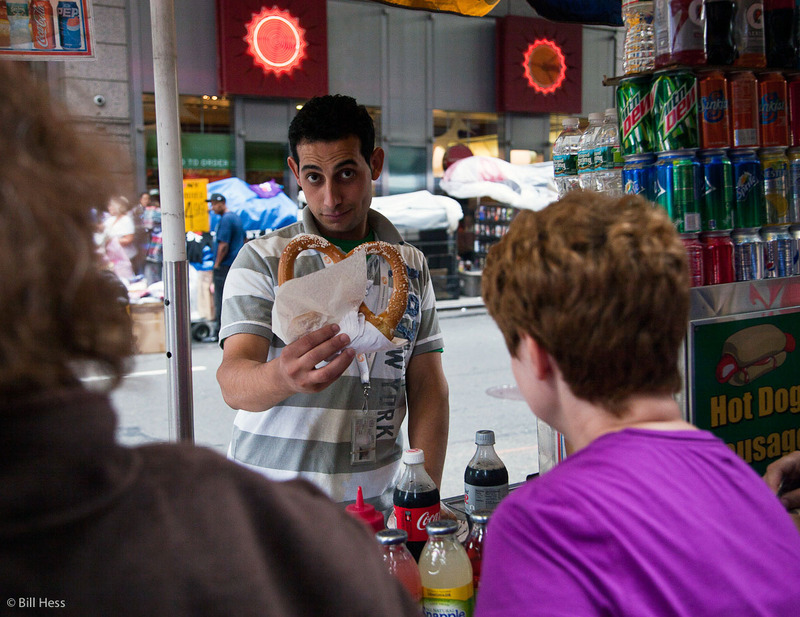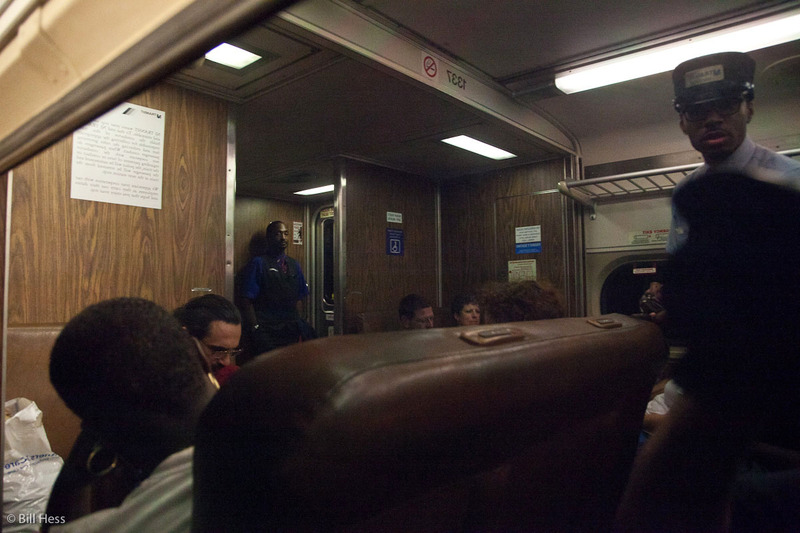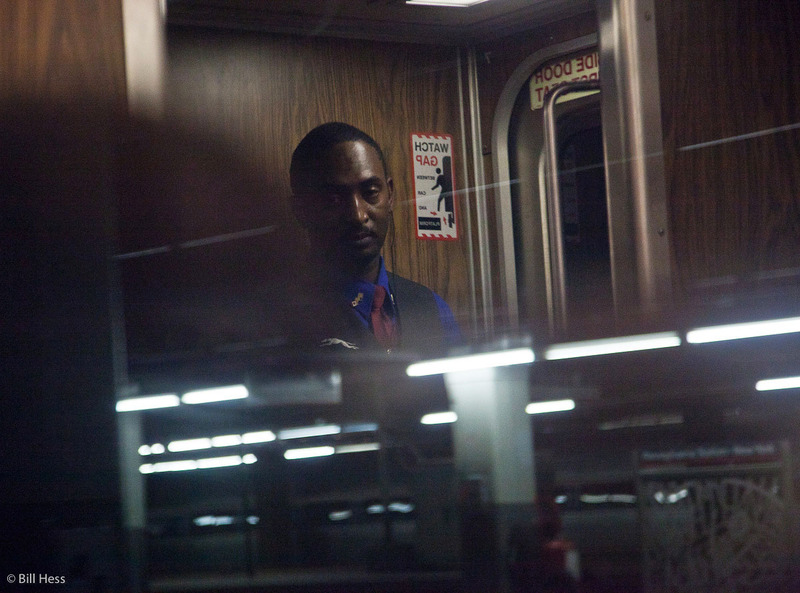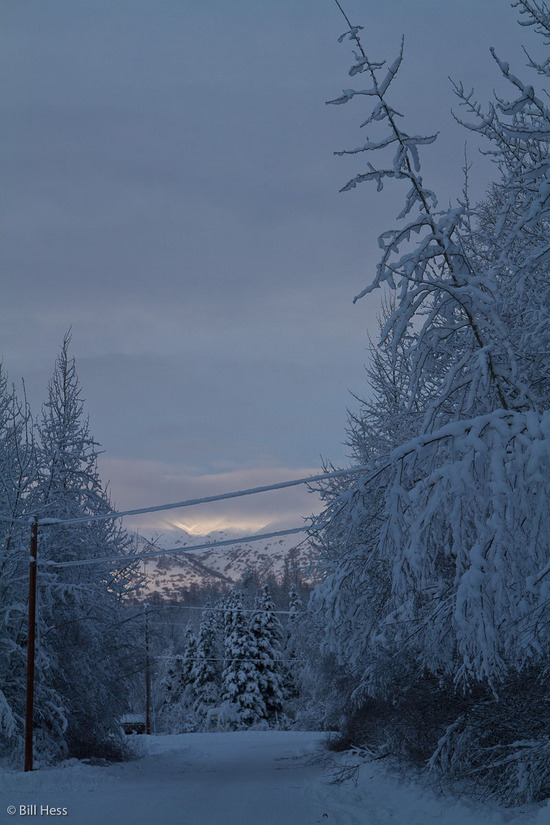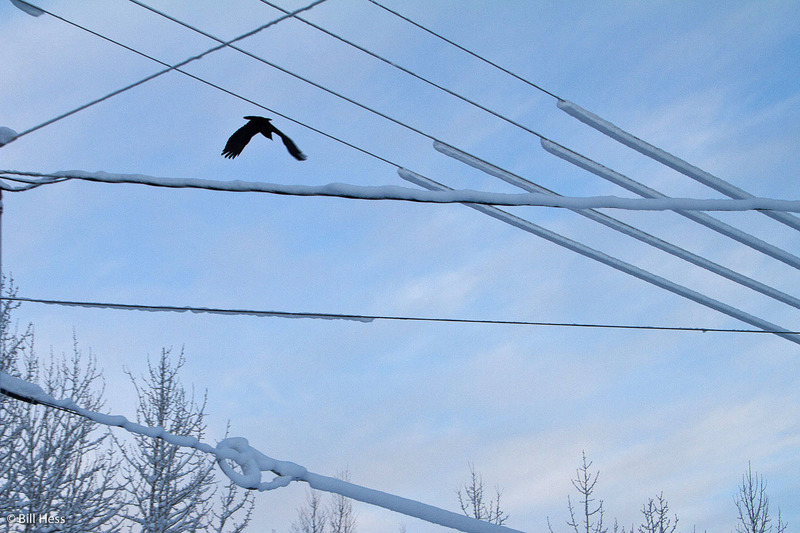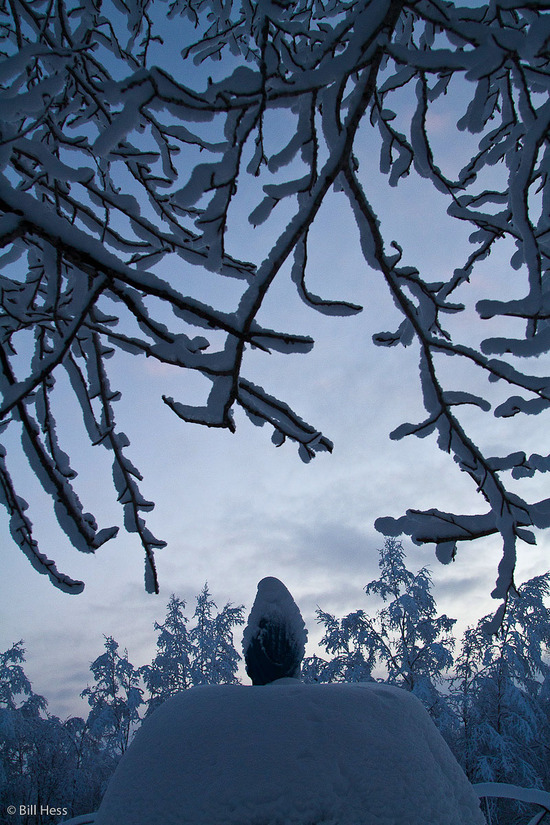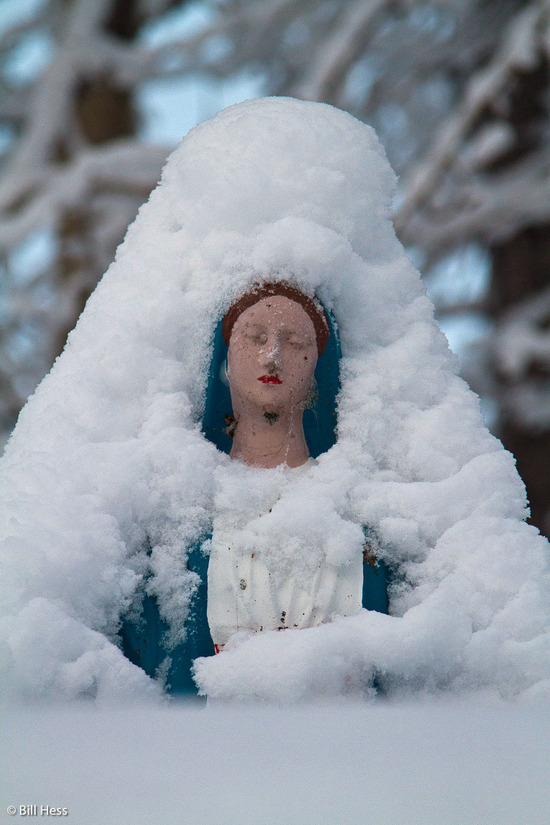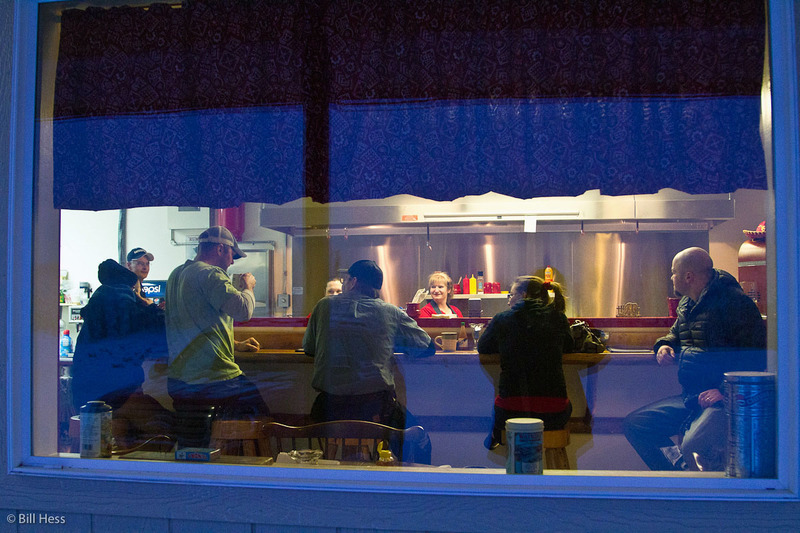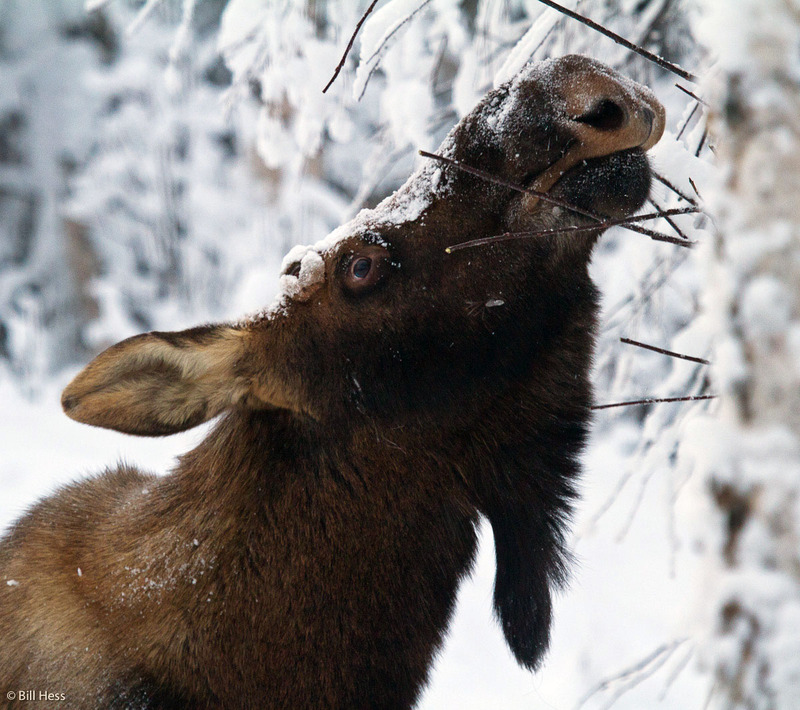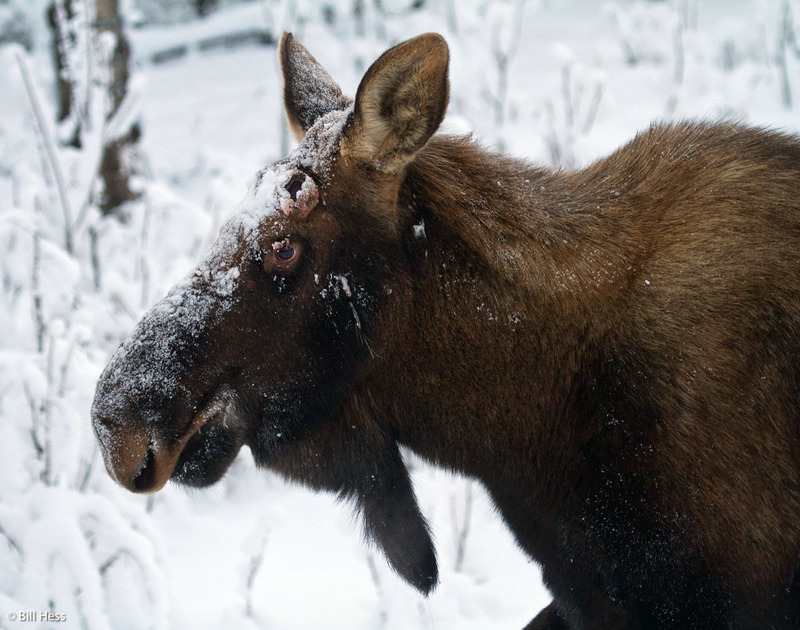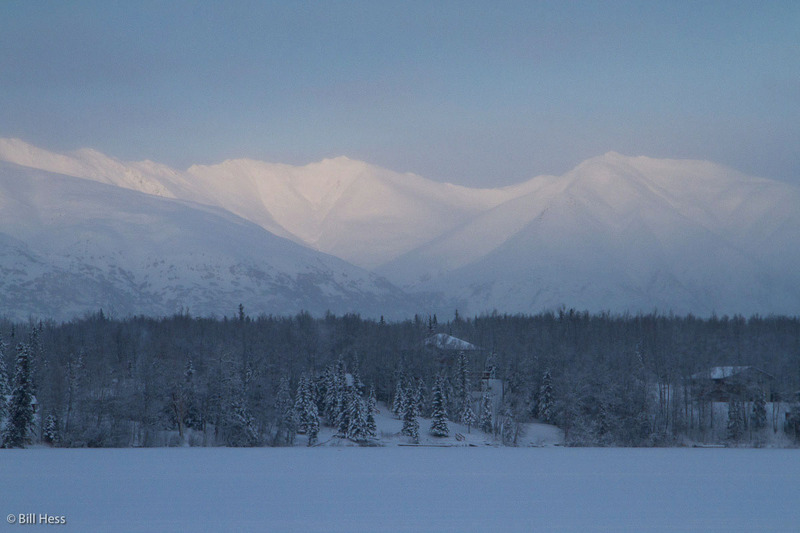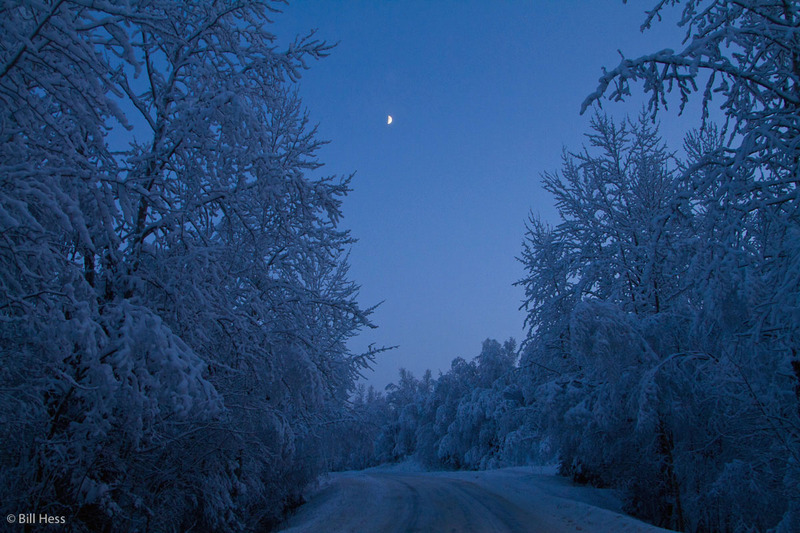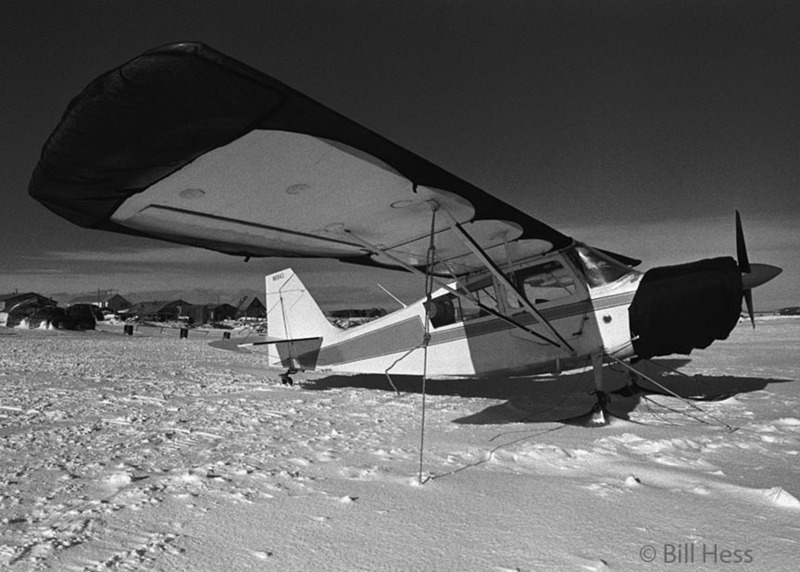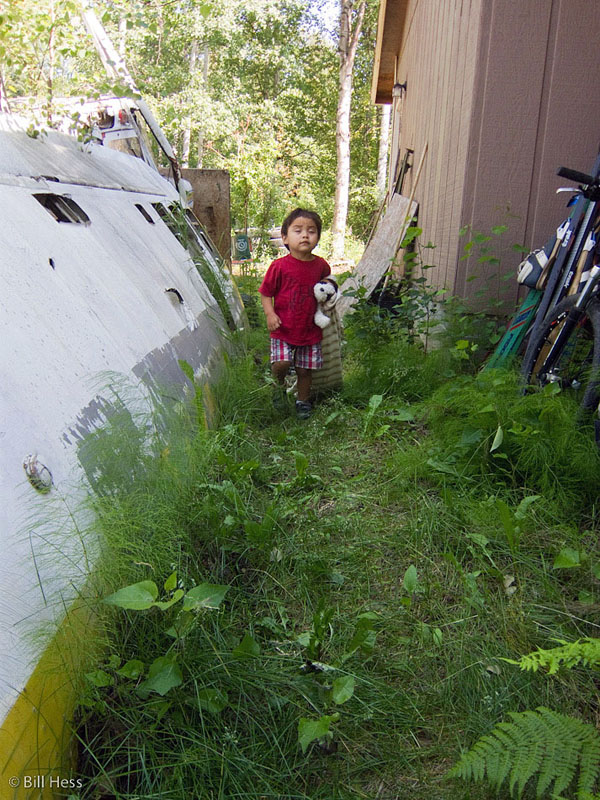The David Alan Harvey Loft Workshop, entry 2: It begins casually but at sunset, David puts the pressure on me; lament for a pig
 Wednesday, January 4, 2012 at 2:28AM
Wednesday, January 4, 2012 at 2:28AM  Yesterday, as I was writing my first "Loft" post, I feared that I was getting too carried away, that it was getting too long, and so I brought it to a close. Then, in comments, a number of readers told me not to worry, to just cut loose and write. I suspect that there were also a number of folks who dropped in, looked at the length, rolled their eyes, and surfed on to their next stop. Still, I took heart in the encouraging words and so, as this progresses, I will cut loose when I feel the urge - but not now - not with this post.
Yesterday, as I was writing my first "Loft" post, I feared that I was getting too carried away, that it was getting too long, and so I brought it to a close. Then, in comments, a number of readers told me not to worry, to just cut loose and write. I suspect that there were also a number of folks who dropped in, looked at the length, rolled their eyes, and surfed on to their next stop. Still, I took heart in the encouraging words and so, as this progresses, I will cut loose when I feel the urge - but not now - not with this post.
For various reasons, some explained in the previous post, I am getting around to this entry rather late - even later than I thought. Although it is already tomorrow in the East Coast, Central and Rocky Mountain time zones, I would like to get this post up while it is still today, Tuesday, January 3, somewhere besides Alaska and Hawaii. It is now 10:08 PM, Alaska Standard Time. This means I have 51 minutes to publish this post - any later than that, then it will be tomorrow everywhere else.
So I am going to dash through it.*
I begin here, in a train station in Newark, where I will begin the final leg of the trip that will take me to Brooklyn, home of the David Alan Harvery Loft Workshop.
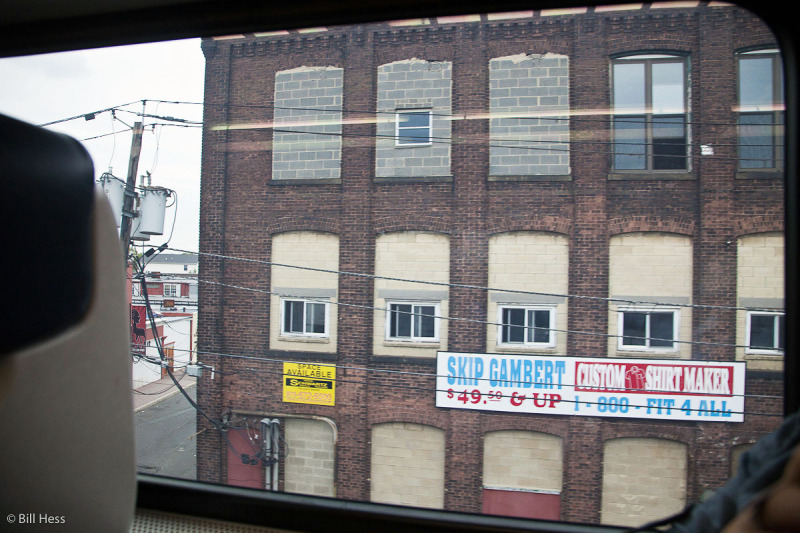
Does Skip Gambert still make his custom shirts? I could call and find out, but its too late. Maybe tomorrow.
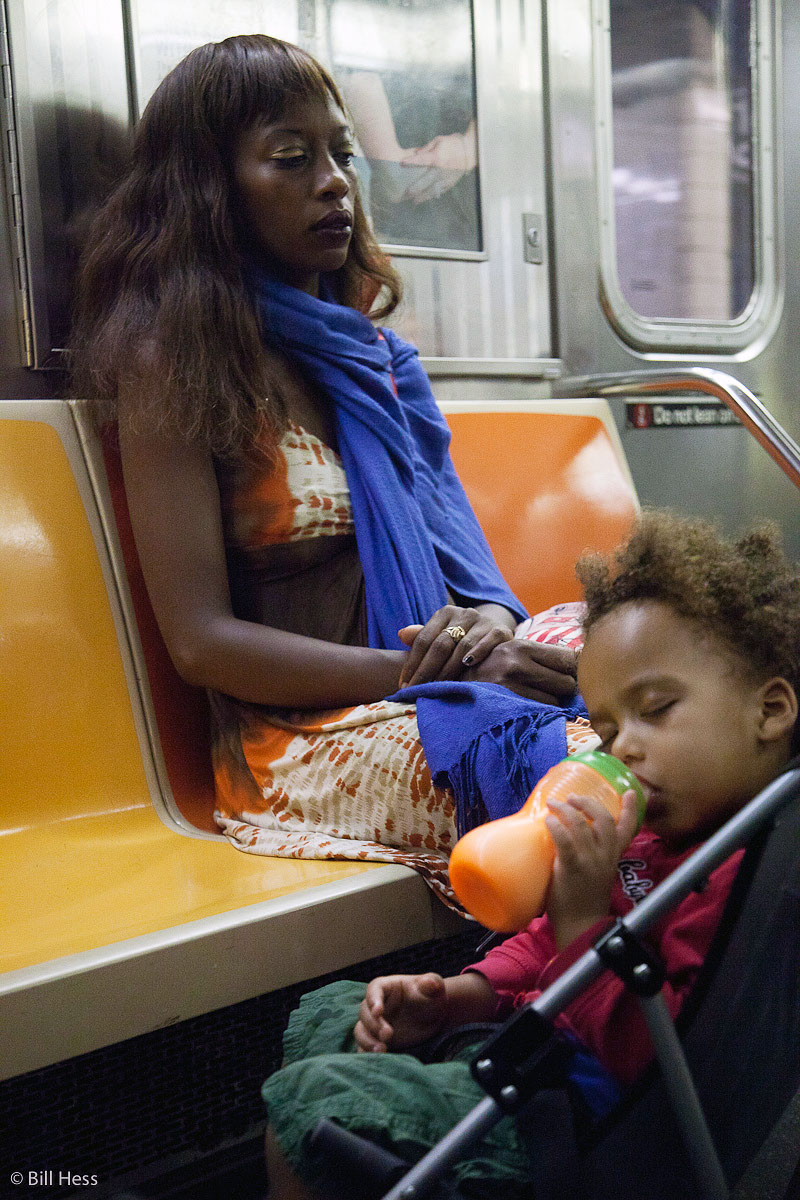
Somewhere in Manhattan, I don't remember where, I transferred to the subway. There were at least three sleepy people on this train.
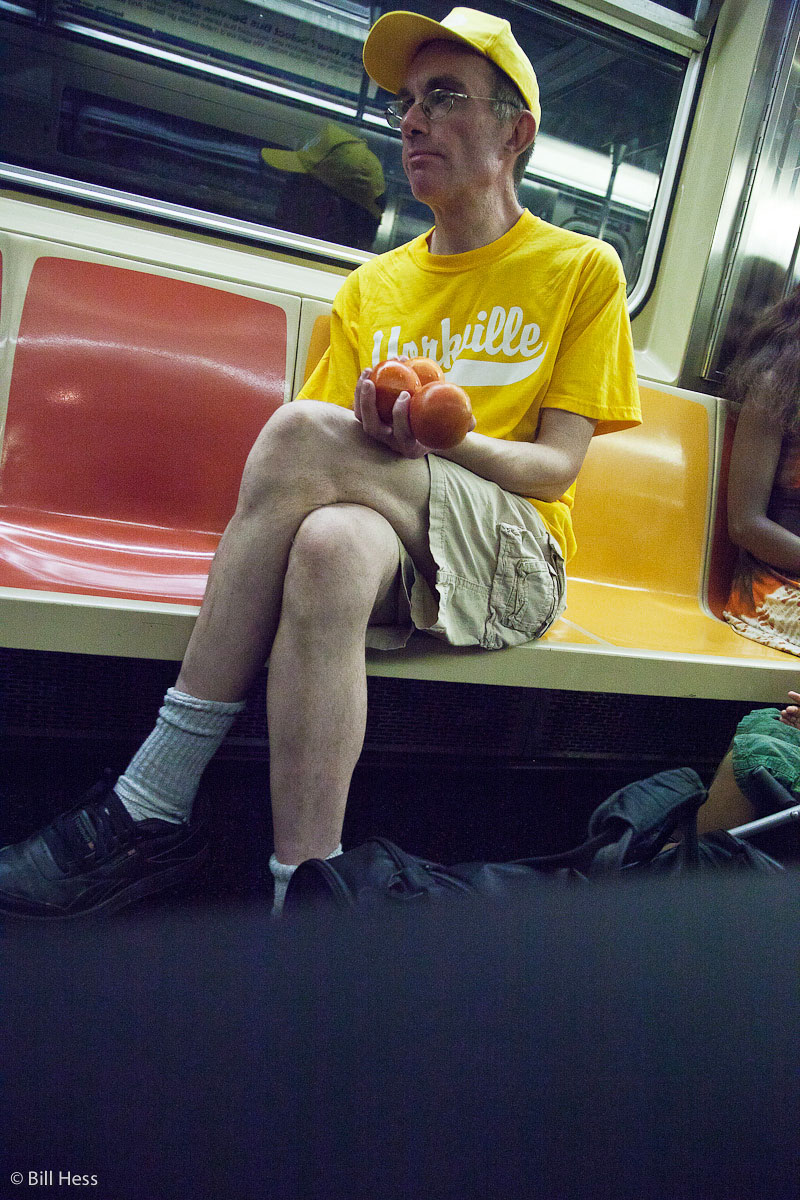
He entered carrying tomatoes. I wanted a tomato, but it didn't feel right to ask.
I had been very worried about lodging. I couldn't stay in Newark - too far away and even though priced significantly lower than in New York City, the hotel bill still would have been too much for me. I have friends in Uptown who I could possibly have stayed with, but their 84th Street location was also a long commute from the Brooklyn loft. I believe they had another guest that week - a young woman, an artist.
Then, shortly after I arrived in New York, I got an email from Loft student Tracie Williams. She had got online and found an apartment for about $40 a night apiece if five of us could go in together. I joined the five. When I arrived at the apartment on McDonough Street, I was very pleased to find three cats hanging about, including this one in the window sill of the building next to the one we would stay in.
The apartment was narrow and long, with a total of four beds in two small bedrooms and a fold-out couch in the living room. I got the couch, but I never bothered to unfold it.
It was comfy enough, but too damn hot to sleep.
That's the part I forgot to mention yesterday.
New York City was sweltering.
Sweltering!
It was the hottest weather I had felt since I had last been in India, May of 2009.
Sometimes in the subway, it felt just as hot as India.
Almost.
Maybe not quite.
But it was hot.
Altogether too damn hot.
Anyway, these are two of my housemates and fellow participants - Milli Apelgren of Austin, Texas and Uwe Schober, who came from Germany.
Our first get-together at the loft would be casual - no pressure. We were scheduled to meet at 5:00 PM in the loft, visit just a bit and then go up to roof, where we could gaze out in awe upon New York City.
Before I had left Alaska, David had called on Skype. One of the things he wanted to know was if I knew what essay subject I wanted to shoot in New York City.
I was a bit at a loss, because it seemed to me that everything that I could think of about New York City had already been shot endlessly. New York has to be the most photographed city in the world - and home base to the most photographers.
One idea came to my mind, but it seemed problematic. As this round of Loft workshops would be the last ever, I thought maybe an essay on the workshop itself would be interesting. Yet, I once got involved in a mass shoot taking place all over and because I was the furthest north shooter, the sponsors told me they were going to send a video crew to follow me.
"No, don't send them!" I warned the sponsors. I would be working with Iñupiat people in their homes. It would destroy the intimacy and would create an impossible atmospher to have a video crew taping me while I was trying to photograph the people.
The sponsors said, "okay." Then on the day of the shoot, there was the film crew, tailing me about Barrow, Alaska. They were good people, but I told them to please go away because it wouldn't work. Yet, they had been hired to do a job and they were going to do it - even if it destroyed both of our projects. They followed me anyway. It destroyed both of our projects.
I did not want to do that to another photographer - or to myself. But, maybe, in New York City, if it was just me, dividing my time up among 11 photographers, it might work.
"I don't know," I told David. "Maybe The Loft."
"The loft is too small," he said. "But you could do an essay on the building. No one's ever done an essay on the building."
I did not bother to correct him, because the building sounded like it might be a good subject.
"Okay," I said. "I'll do the building. Maybe it will be like a village."
This is the building, as seen from the cab that brought us there.
If you squint hard at the open right-hand window in the bottom pane to the left, you will barely see an elbow hanging out of it, and a face, looking down at me.
That elbow and face are effective when the picture is big - much bigger than this.
David's loft is on the eighth floor, but when we entered, the elevator wasn't working. So up the stairs we went. Uwe again. His essay would be portraits of Occupiers at Zucotti Park.
Soon, we were all gathered - students, past students, various photographers of merit who had dropped by to help David welcome us and David's dedicated crew - and of course, David himself.
Then we moved up to the roof, where the view was better. It was still sweltering, but somehow it did not seem so bad up here.
There was a whole separate little building atop the roof, covered in grafitti. I went exploring to see what it looked like on the back side and was horrified to find this fellow, who had just begun to paint the back wall. He had gotten in maybe four or five roller strokes on the lower right side.
"Are you going to cover the whole thing?" I asked, meaning all the graffiti on the building.
"Yes," he answered. "I've got to get it covered before the sun goes down."
This seemed like a disaster to me, to cover up all this graffiti. I left to rejoin the group gathered on the other side, but kept coming back to check up on his progress. I did not see how he could possibly paint the whole structure before the sun went down.
He soon progressed to this point
The poor little boy on the wall - he was about to get painted over.
He was not happy about it.
In fact, he was horrified.
You can see it in his face.
Once that paint roller rolled over him, he would not exist anymore.
Zun Lee, a student from Toronto, Ontario. Zun had recently learned that his father was black. He had never known him and so was wondering if he should do his essay on black fathers.
The thought frightened him a bit. He thought maybe he would take on an easier, safer, topic.
Monia Lippi, an art photographer who lives in the building; I'm afraid I have forgotten the name of the man in the middle; Pete Longworth - a photographer based both in New York City and Europe and Michelle Madden Smith - David's daughter-in-law and right hand-woman, the one who takes care of things for him. She is very good at her job.
If I had the money, I would hire her away. I am certain she would like Alaska better than New York and North Carolina (David's other home base).
I soon discovered that Remi - a famous graffiti artist from France - was not going to paint the whole building after all. He had come to apply his own talents to just this back wall.
He was adding a new touch - a master's touch, I was informed.
I felt much better, knowing that.
The little boy would be okay.
Michael Courvoiser, the computer guru who had come to help out with the slide show presentations that we students and David's high-powered guests would be putting on throughout the week, Monia, and Michael Lloyd Young, a freelance photographer who does work for National Geographic and makes books. His latest project is Beer, Bait and Ammo.
That's the very resourceful Tracie Williams on the left, who had made our lodging arrangments. She would shoot an essay on Occupy Wall Street, an event which the main-stream media had so far done little more than make scant reference to.
"It's going to be huge," Tracie said of the Occupy movement.
You've already met Milli. In high school, she sometimes felt envious of the cool students. She would shoot her essay on the cool set in a certain area of New York. I got to visit with her enough that I can tell you this for sure: Milli is a cool person. More cool than many of the "cool people."
Next to her is Sarah Baker, our other aparment mate. She is from Washington, D.C., where she works with the Center for Missing and Exploited Children. She is also a travel photographer familiar with Southern and Southeast Asia. She would do an essay on a black barbershop just blocks from our apartment.
More than once, we found ourselves visiting and talking at 2:00 and 3:00 in the morning. Visiting, talking and working, of course.
Neither of us would be so lazy as to just talk and visit.
On the right is Andy Kropa, who had traveled all the way from his home in New York City just to be here. On the day that I had arrived with one hour sleep, David had hosted a lighting workshop and Andy had attended. He would be applying his new knowledge to mostly nighttime coverage of the Occupy Wall Street movement at Zucotti Park.
Remi, hard at work, the Brooklyn Bridge and Manhattan behind him.
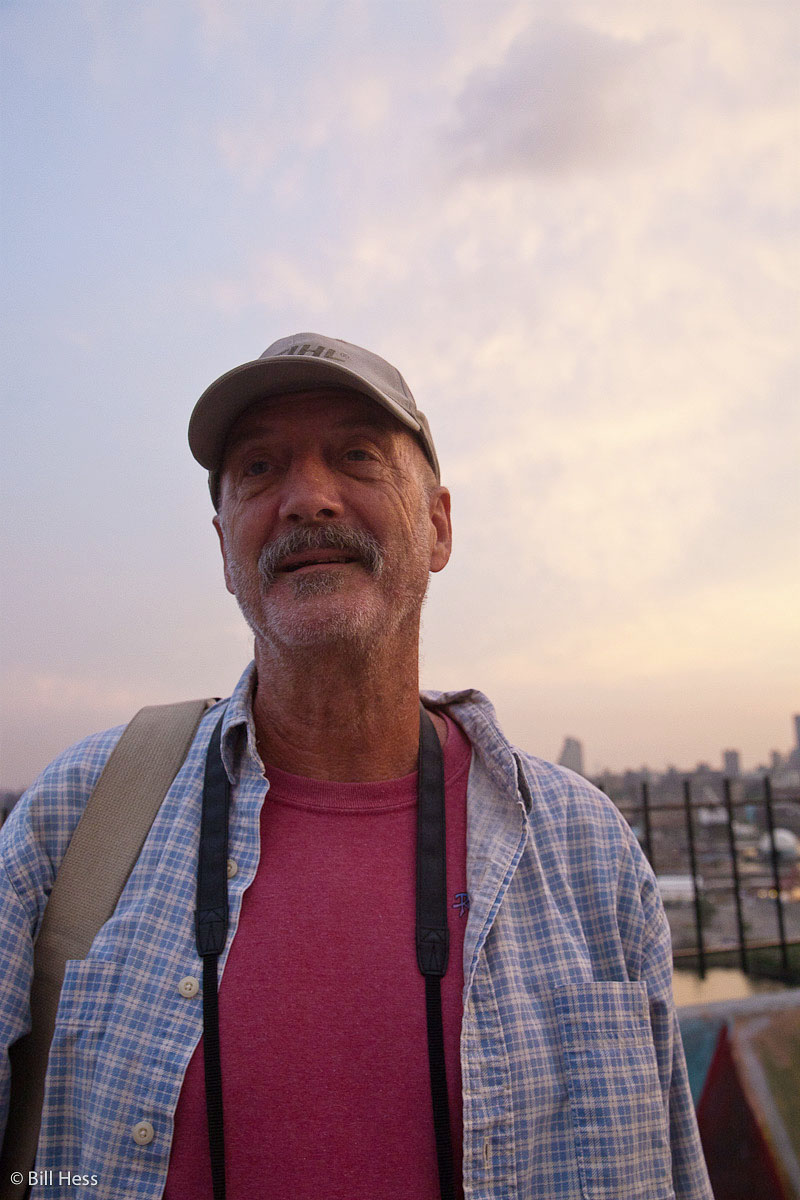 This is David Alan Harvey himself, and he is looking over my shoulder at what I am trying to photograph. David is putting the pressure on me, big time. Once I discovered Remi's true mission, it had been my hope to quietly slip between the social gathering and him and to follow his work to the end of his painting - although I could see there was no way he could complete it before dark.
This is David Alan Harvey himself, and he is looking over my shoulder at what I am trying to photograph. David is putting the pressure on me, big time. Once I discovered Remi's true mission, it had been my hope to quietly slip between the social gathering and him and to follow his work to the end of his painting - although I could see there was no way he could complete it before dark.
There was another time I had such a notion. That was in October of 1988, when three young gray whales that had failed to join their older and wiser friends and relatives early in the migration to Mexico's Sea of Cortez got stuck in the freeze-up ice off Point Barrow.
Thanks to my Iñupiat friends, I got to the whales before anyone beyond Barrow knew about them. I had hoped to do a nice, quiet, little essay on these whales, their interaction with the Iñupiat who were trying to figure out how to deal with the situation and whatever would become of them.** If you are very young, do not already know, but want to find out how successful I was at quietly photographing this little incident it to its conclusion, without disruption from my colleagues in the larger media, then go see the movie, Big Miracle, slated to be released next month.
Big Miracle may or may not show what the effort to rescue the whales was really like, but it will demonstrate the unprecedented amount of attention the incident drew.
What happened to me back then, kind of happened to me this night, too, but on a much smaller scale.
David lives in this building and he is astute. He knows what is going on around him. He knew from the beginning Remi was making a painting. He knew that at a certain point the light would be just right to bring out the most in the painting and the Williamsburg Bridge, the Empire State Building and the other parts of the Manhattan skyline visible behind it.
So David came over, and positioned himself behind me to see what I was seeing. Michael Lloyd Young joined him, as well as other photographers, noted and yet-to-be noted. They all watched, to see how I would deal with the situation.
"You are about to witness something that has never happened before and will never happen again," David applied the pressure. "You better not blow it!" No one stepped in to compete with me. Theoretically, the building was my project, so whatever picture I got would be a part of my essay.
What had been a relaxed but interesting little shoot suddenly turned into a high pressure one. "The picture is only going to happen once, for one instant, when he reaches up," David warned. "Then the picture will be gone forever. It will never happen again."
This is what I got, as David stood peering over my shoulder, applying the pressure, warning me not to blow it. He was right about that one instant. Remi stretched up on his toes, sprayed, I shot, he dropped down, then never reached up again. He moved off, to the right. Within moments - just moments - the glow in the light began to fade into something much more bland and then too dim to photograph at all.
I got the moment, yet still I fear I blew the image. I don't even want to include it here, as I am certain David will see it.
As the situation had developed, I kept switching back and forth between a wide angle view and this tighter one. I argued in my head as to what was better - wide, or tighter.
The tighter view put more emphasis on Remi's work, the bridge and the skyline. It amplified the presence of these elements in the frame. Yet, the wider view better described the whole of the little building and the setting it resided in. It gave the viewer more information.
I decided on the tighter view, to better emphasize the bridge and the skyline and Remi's work. I figured I would shoot that and then maybe David would be wrong and I could shoot it again, wide angle.
Yet, as David predicted, there was no chance for a second shot - there was one instant and one instant only.
I think now the wider shot would have been better - it would have better told the whole story of the building atop the roof on the edge of Brooklyn with Manhattan in the background in just one single image.
Maybe if I had gotten the wider shot, I would now fear that I had blown the shot; perhaps I would argue with myself that the wide shot was too busy, and that sometimes a tiny piece of a story tells the story better than does the whole story.
Hell. I don't know.
Truth is, I am damn confused.
I will never know. I got what I got. That is all I will ever get.
I'm pretty sure I blew it.
After my great failure, we all went out and ate roast pig at a nearby bar and grill.
Correction - not all of us, as there were vegetarians in our group.
I am not a vegetarian, but I still felt bad for the pig. Pigs are smart animals, so unfortunate as to be delicious. Quietly, so that no one would hear, I apologized to the pig, I thanked it for providing me with its flesh, for transferring its life into my life.
Then I enjoyed it. It was a tasty pig, barbecued to perfection.
*Ha!
** Assuming that between now and then I can find a way to digitize all my black and white negatives from the rescue effort, beginning on the day the movie is released, I plan to do a day-by-day blog account of what I experienced and observed over the nearly two weeks that it took for it to unfold.


